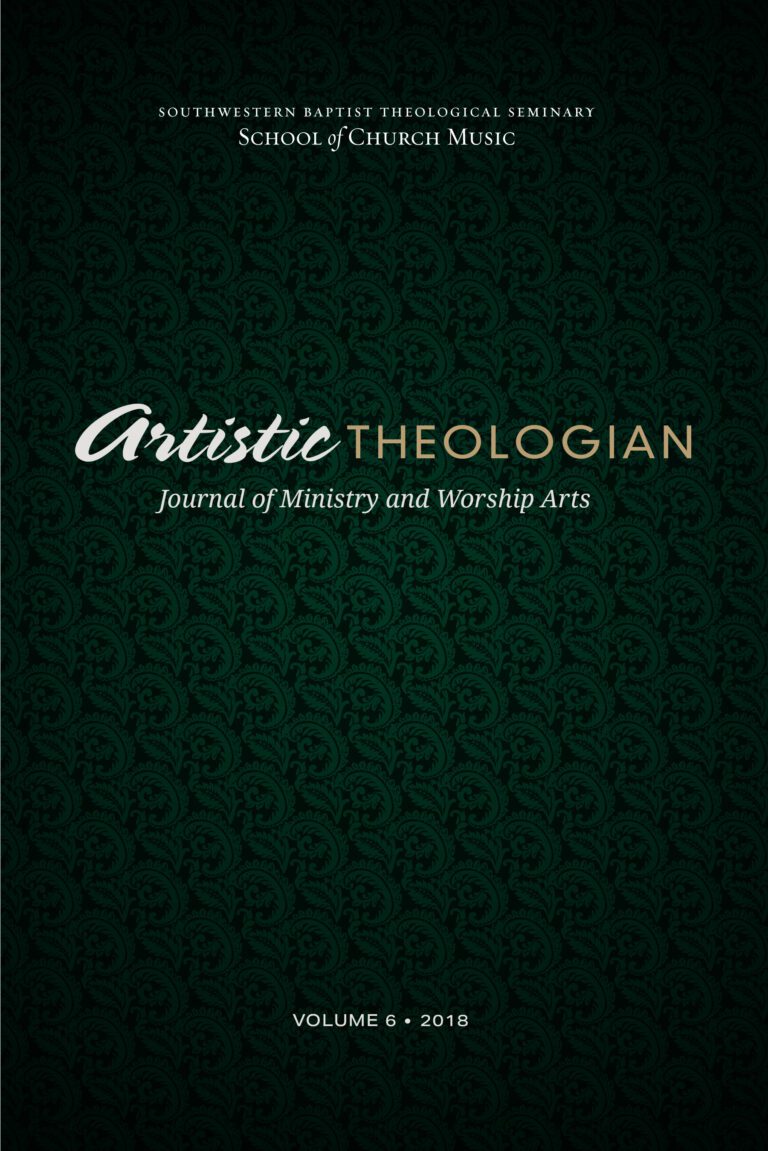
When We Come Together
Artistic Theologian
Volume 6, Summer 2018
Editor-in-Chief: Scott Aniol
The Life of the Church: The Table, Pulpit, and Square, by Joe Thorn. Chicago: Moody Publishers, 2017. 109 pp. $11.99.
In this short book, Joe Thorn, founding pastor of Redeemer Fellowship Church, proclaims that the church’s primary job is making disciples (10). In order to show strategically how the church should perform this task, he discusses three areas of church life—table, pulpit, and square—where discipleship takes place. According to Thorn, the life of the church experienced in these three environments allows Christians to follow Christ and make disciples more fruitfully and healthily.
The book is divided into three sections, according to the three environments Thorn identifies as the life of the church. In part one, he explains how discipleship takes place at the table, which refers to informal gatherings and small groups (17). First, in chapter one, Thorn argues that people require community to truly live, and that this need comes from God (19). In the same way, believers need the church community in order to truly fulfill God’s call in their lives, and “the people of God must meet together in smaller numbers to carry out the will of God in each other’s lives” (22). Thus, in chapter two, he supports his point on the need for small groups using historical evidence from the Puritans, Joanne Jung, and the Heidelberg Catechism. In chapter three, he talks about hospitality, namely the outpouring of what believers have experienced in Jesus Christ, which serves others as believers make disciples (30–32).
Part two concerns the pulpit. Here, Thorn argues that corporate worship is the most important element among the three environments (35). Thus, in chapter four, he deals with corporate worship and explains why it is essential (45). In chapter five, Thorn discusses the importance of Scripture in worship. In chapters six and seven, he discusses how Christians must prepare for corporate worship and how church liturgy should be biblically and theologically sound.
In part three, Thorn addresses the square, i.e., the church sent into the world as salt and light (75). As a missionary movement (77), the church must engage the world socially, recreationally, and vocationally (chapter nine). Moreover, the church must also do the work of restoration (chapter ten). Thorn closes the book by advising on how to make good conversations with outsiders and in chapters eleven and twelve how the church can support multiplication through church planting and revitalization.
The greatest strength of this book is that Thorn has strategically divided and argued the most important points regarding the life of the church with such succinctness. With a book that only goes to about 100 pages, he argues with ease and persuasiveness for the need of small groups, the importance of corporate worship, and the call to engage the world. Thorn uses everyday language to captivate the reader and makes great points regarding church life.
Thorn is also intentionally biblical, presenting clear scriptural support for his practical advice. For example, chapter eleven explores how to make meaningful conversations with others. Here, he first provides a scriptural basis for why words are important (93–95), and then he gives practical advice on the art of conversation (95–98). Another example would be Thorn’s advice on how each believer can prepare for Sunday worship the night before in order to receive the most out of it (62–64).
Nonetheless, some of Thorn’s assertations lack clear support or argumentation. For example, although he uses Scripture in arguing for the need for community (19–23), his claim that this means Christians need small groups does not directly follow (22). The passages Thorn provides all mention the importance of church fellowship and community, and not necessarily small groups. Similarly, in arguing that a healthy church must have right administration of ordinances and the formation of proper biblical leadership (9–10), Thorn leaves several critical biblical matters unanswered, such as what right administration of ordinances and biblical leadership are biblically. Can anyone participate in the Lord’s Supper or only members? What constitutes church leaders in accordance with Scripture? It is understandable that he wants to be succinct and does not want to discuss these in detail in order to reach a wider audience, but for this reviewer, if these are essential to being a healthy church, as Thorn argues, he should have explained them in some detail.
Still, Thorn has addressed discipleship in a strategic and biblical way. He has divided where discipleship can meaningfully take place into three areas and provided convincing biblical arguments for these spheres. He has also provided much practical advice for believers in their endeavor to follow God’s call in making disciples. For this reason, this book should be recommended for all believers, from leadership to members, who have a passion for following God’s call. The book would be especially good for ministry training.
Kyung Hyun Kim
Southwestern Baptist Theological Seminary





